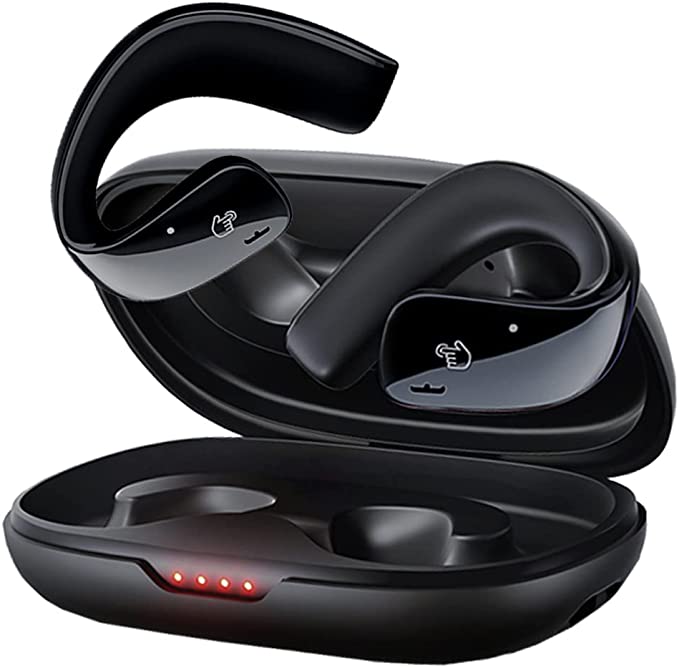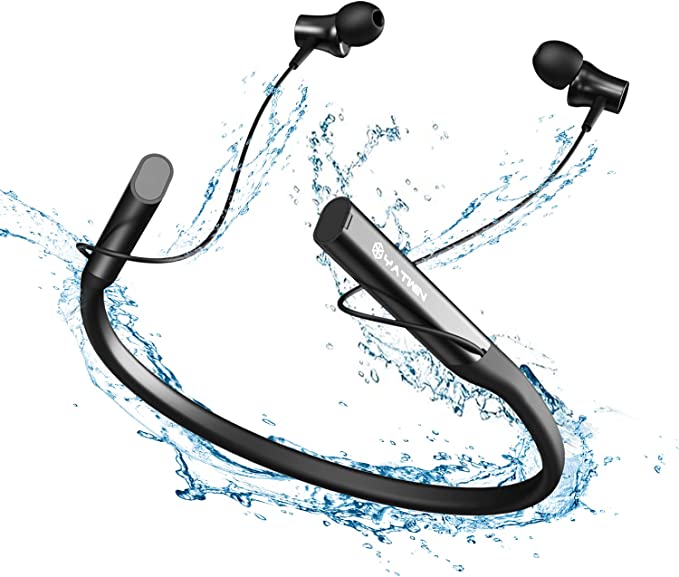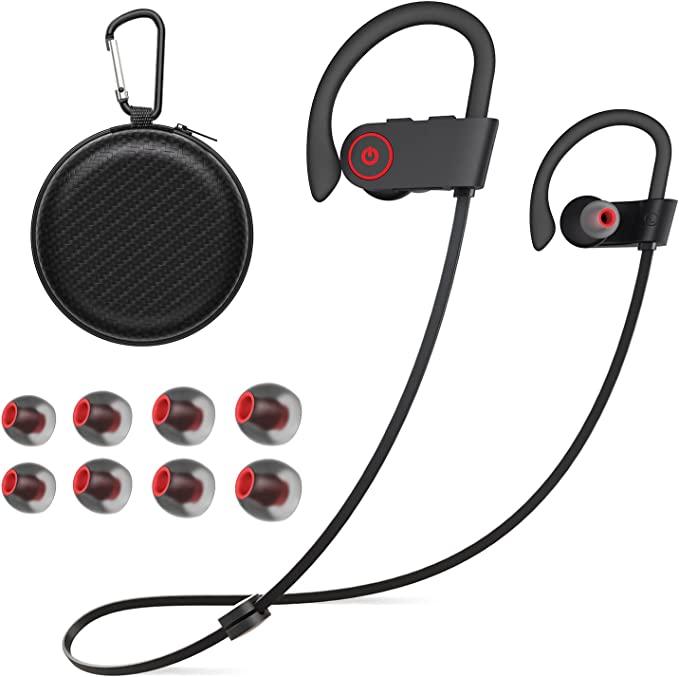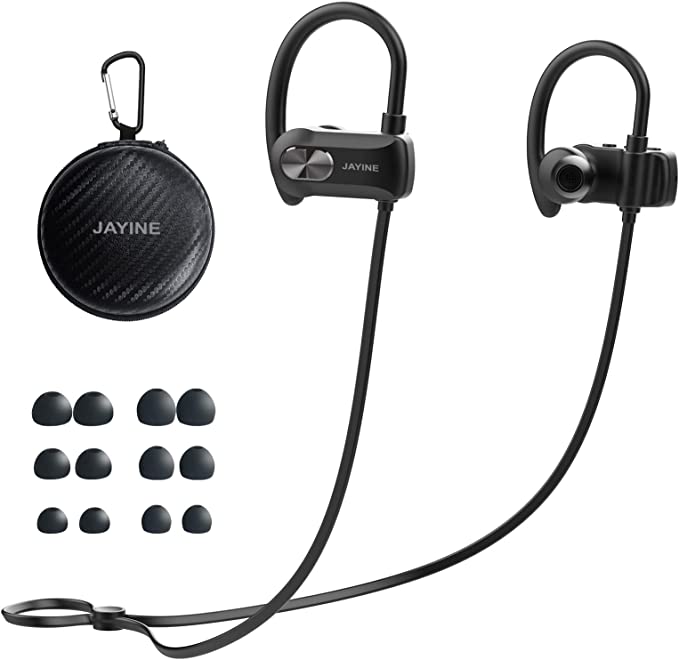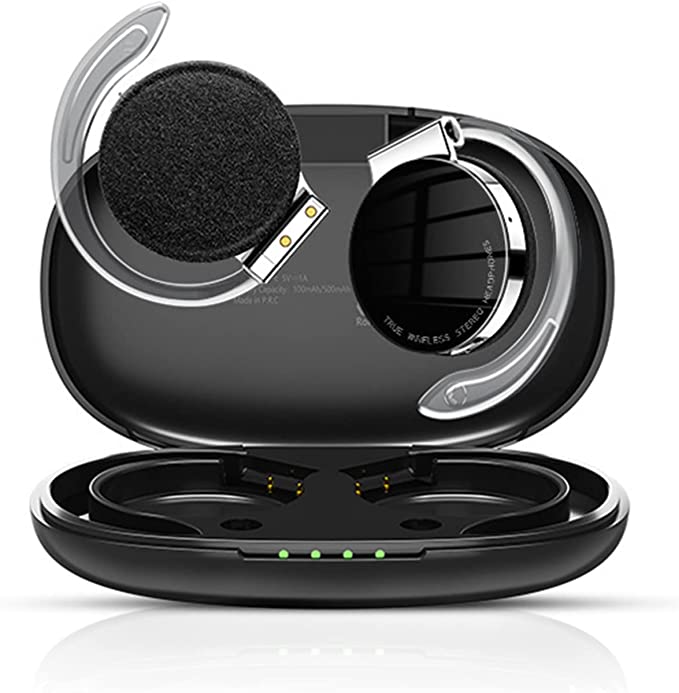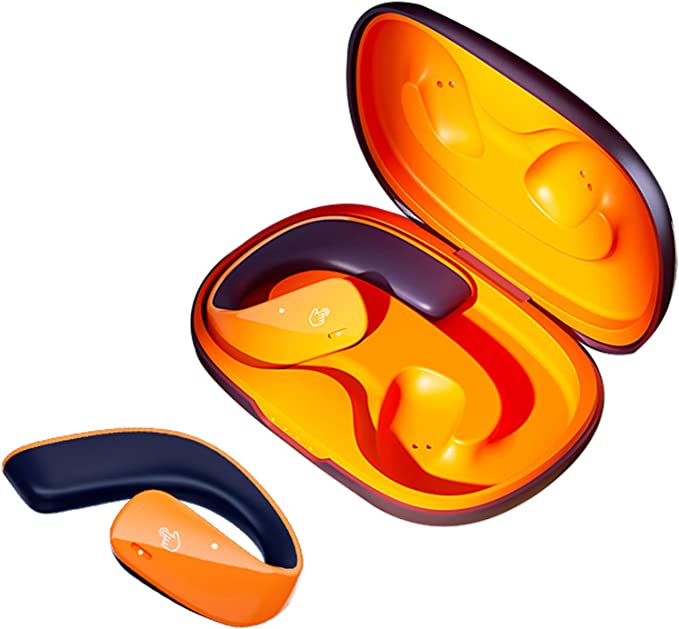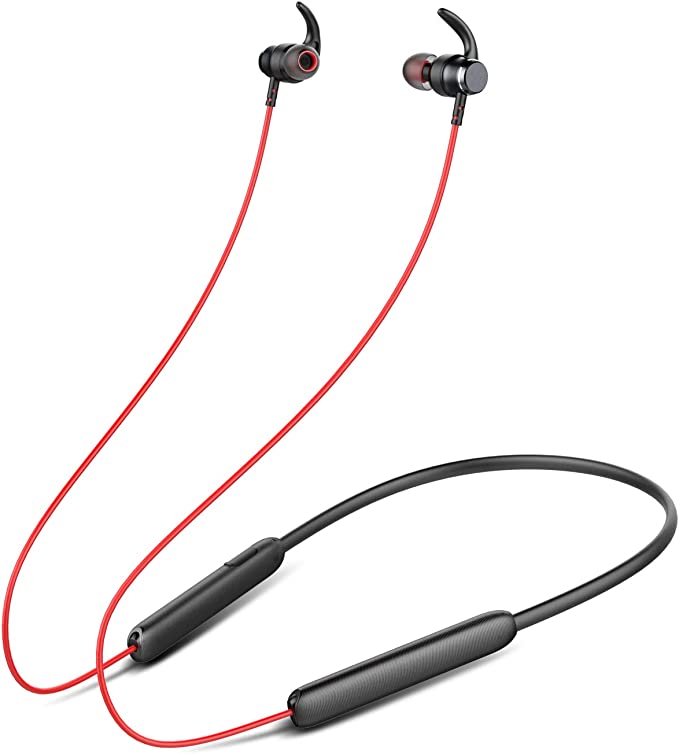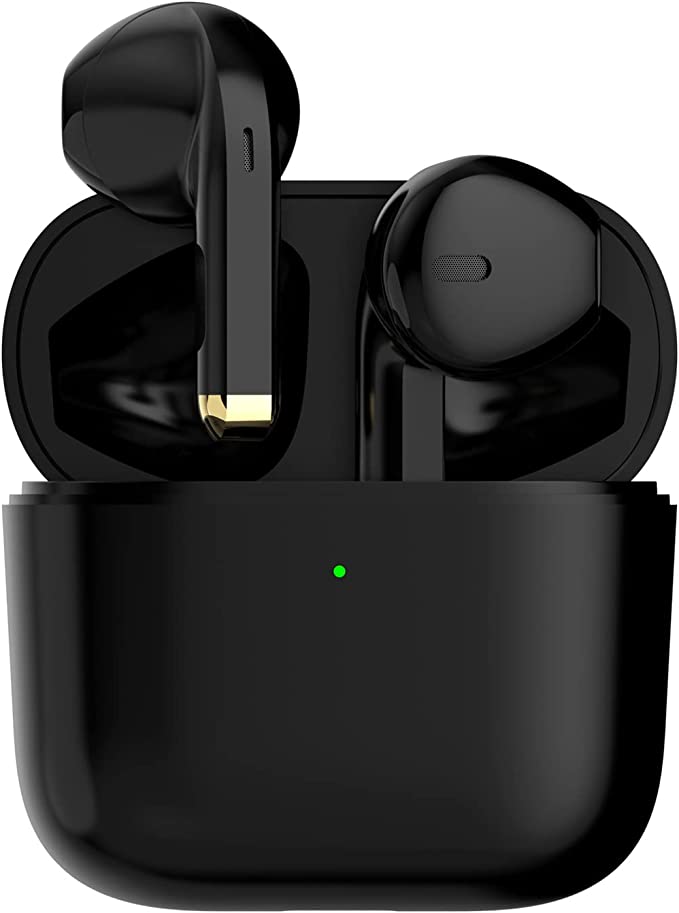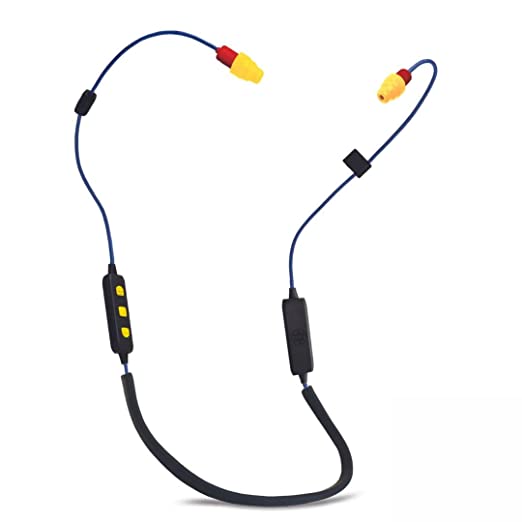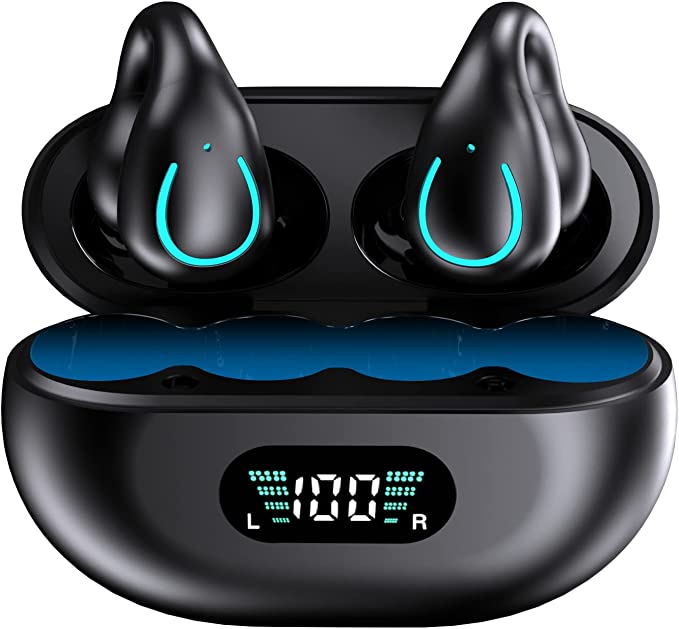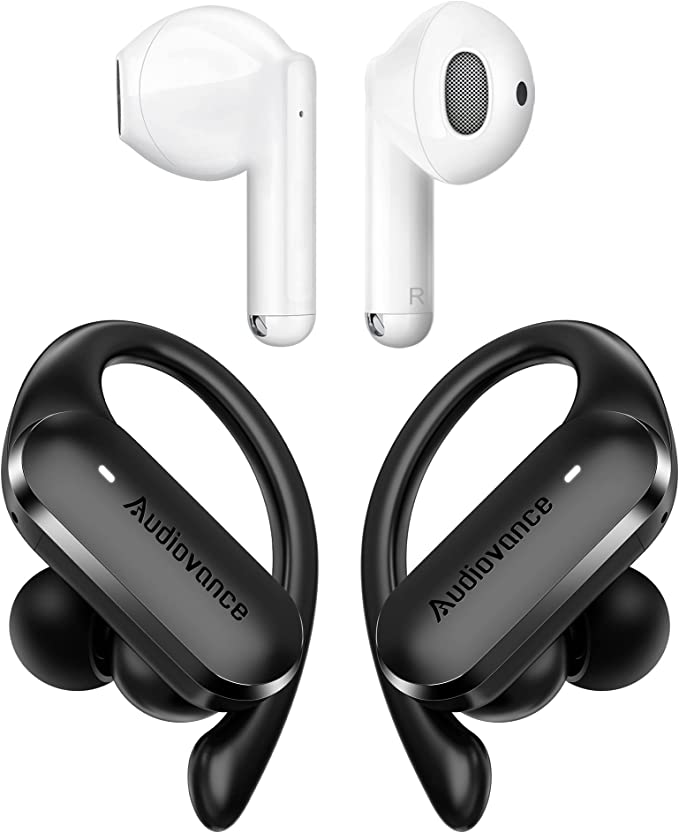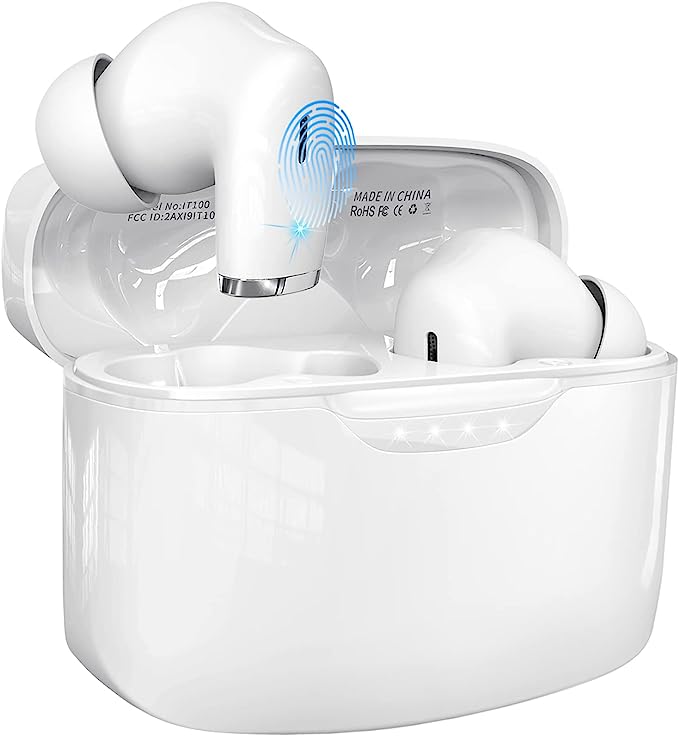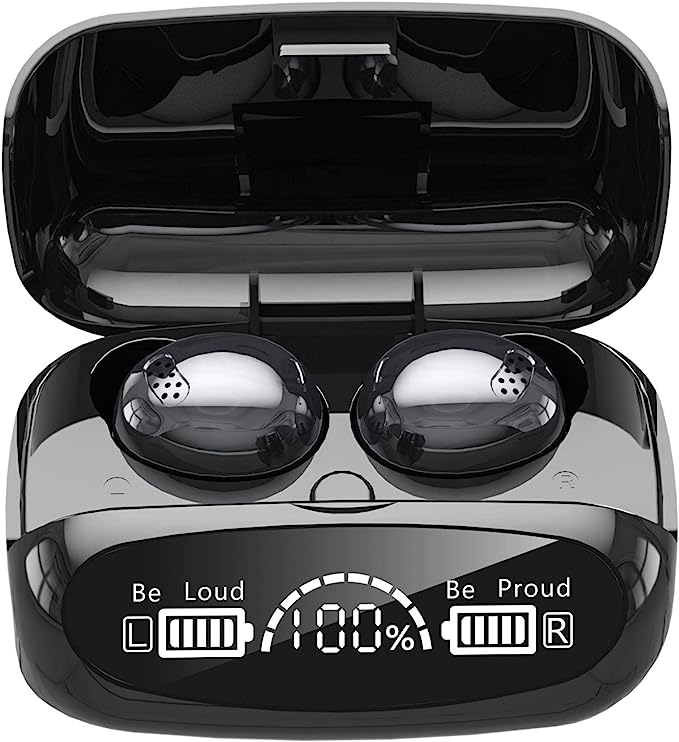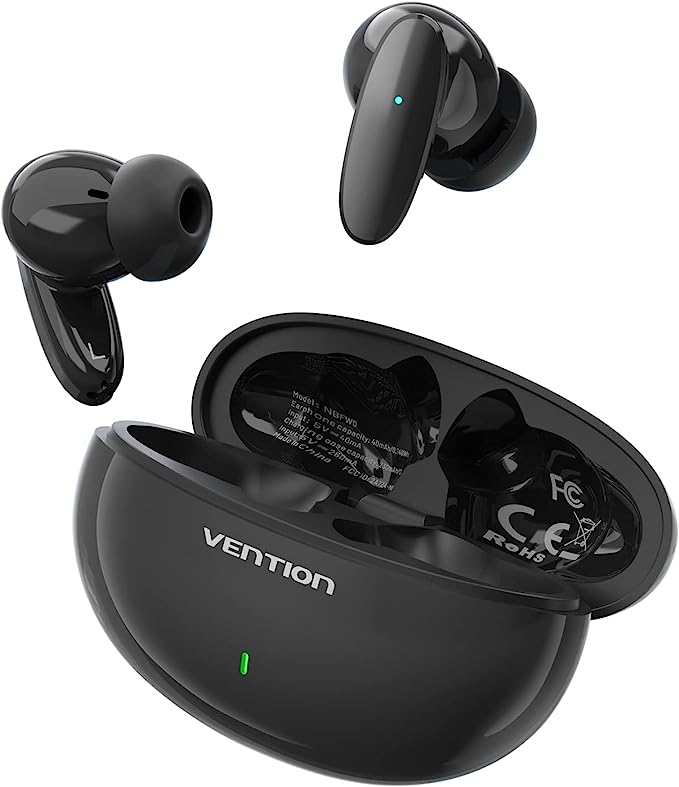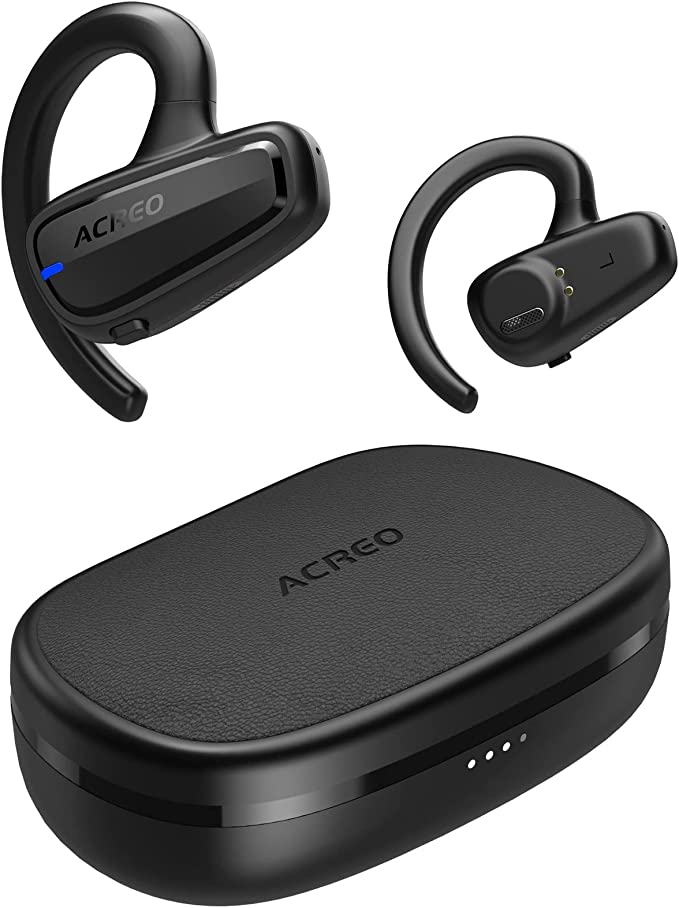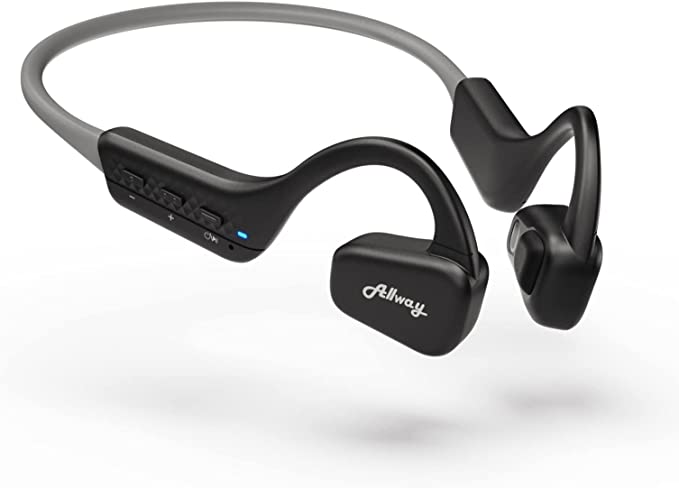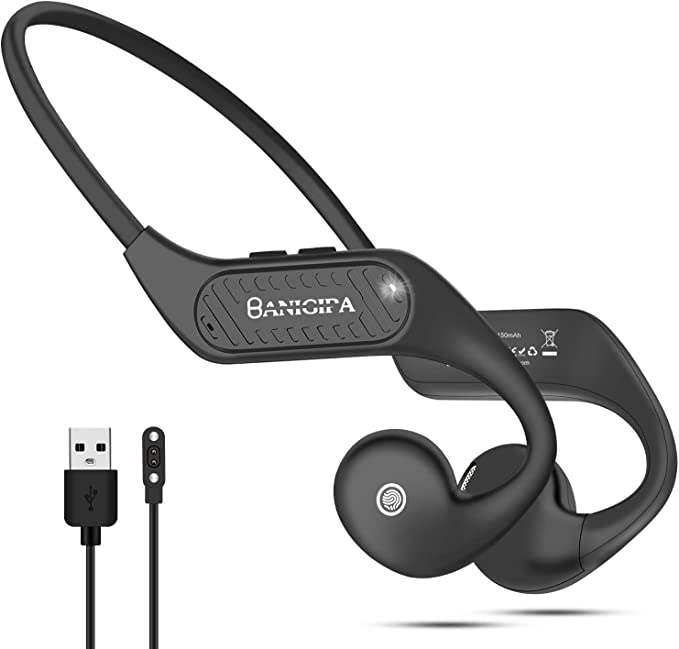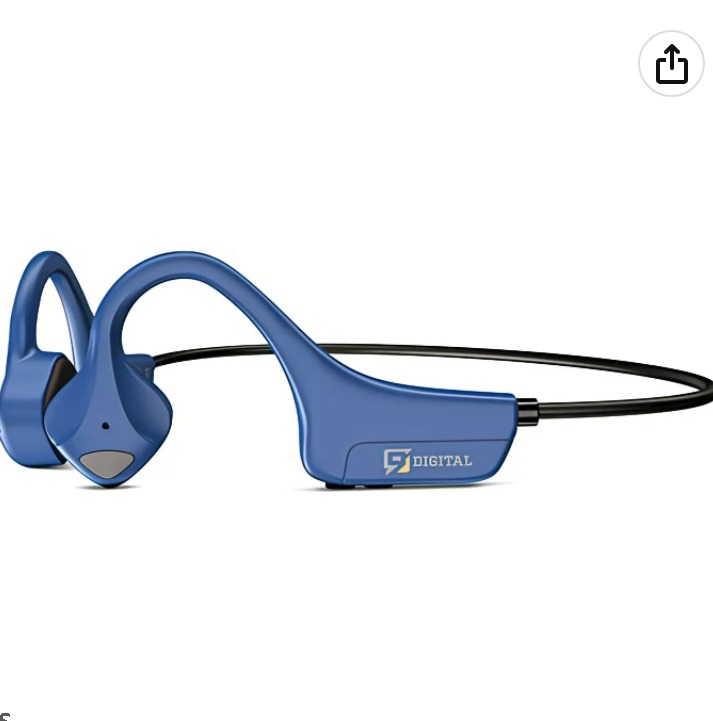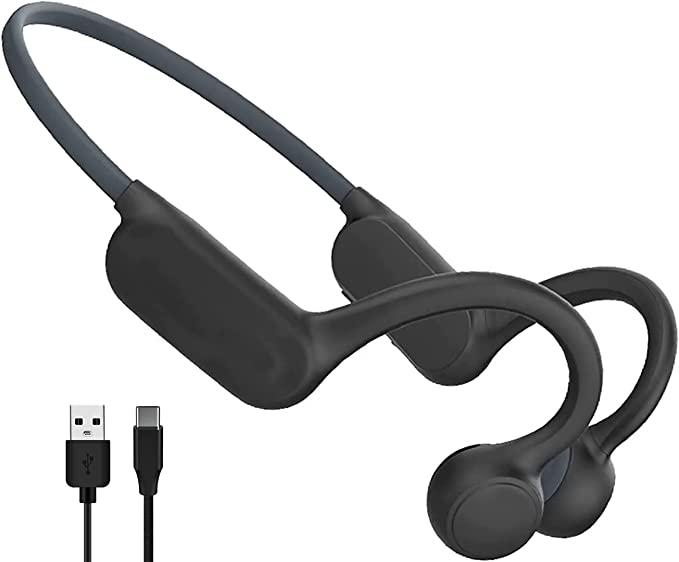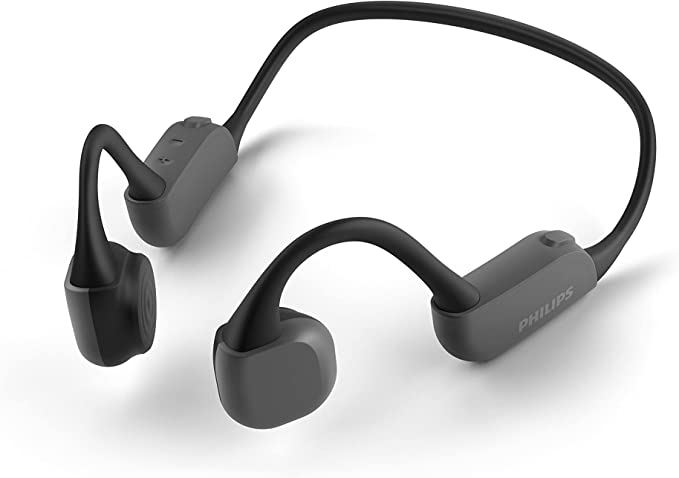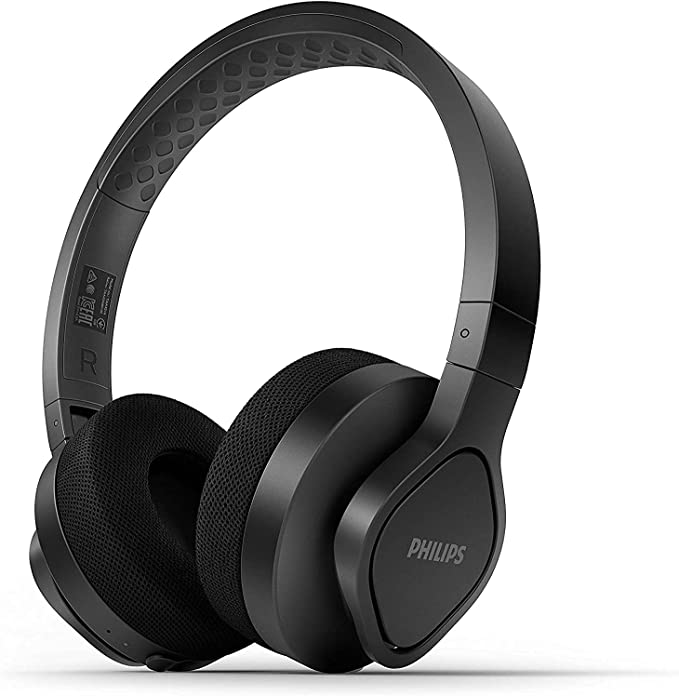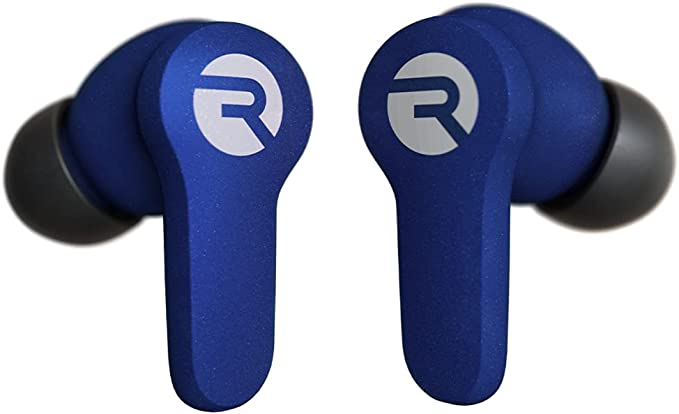CioDat Q10 Open Ear Headphones: Stay Aware, Stay Safe, Stay Connected
Update on Feb. 19, 2025, 2:52 p.m.
We live in a world saturated with sound. From the music that fuels our workouts to the podcasts that accompany our commutes, audio has become an integral part of our daily routines. But what if the very technology that delivers these sounds is also putting our hearing at risk, and isolating us from the world around us? It’s a paradox we need to consider, and open-ear headphones offer a compelling solution.

Traditional Headphones: A Double-Edged Sword
For decades, traditional headphones – whether earbuds nestled inside the ear canal or over-ear cups that encase the ear – have been the go-to solution for private listening. They offer immersive sound and, in many cases, excellent noise isolation. But this very isolation is also their biggest drawback. By blocking out ambient sounds, traditional headphones can create a dangerous disconnect from our surroundings, especially in active environments. Imagine jogging along a busy street, completely unaware of approaching traffic.
Furthermore, prolonged use of traditional headphones, especially at high volumes, can contribute to noise-induced hearing loss. The intense sound pressure directed into the ear canal can damage the delicate hair cells responsible for hearing, leading to permanent hearing impairment.
Enter Open-Ear Technology: A Breath of Fresh Air (for Your Ears)
Open-ear headphones represent a paradigm shift in audio technology. Instead of blocking or sealing the ear canal, they rest gently outside the ear, leaving it completely open. They achieve this by using air conduction, the natural way we hear most sounds.
Think of a speaker. It produces sound by vibrating a diaphragm, which in turn creates sound waves that travel through the air to our ears. Open-ear headphones work on the same principle, using miniature speakers positioned near the ear to direct sound waves towards the ear canal, without physically obstructing it. This contrasts with traditional in-ear headphones, which deliver sound directly into the ear canal, and bone conduction headphones, which transmit sound vibrations through the bones of the skull.

CioDat Q10: Designed for Awareness and Comfort
The CioDat Q10 Open Ear Headphones embody the principles of open-ear technology, offering a listening experience that prioritizes both audio enjoyment and environmental awareness.

A Design that Listens to Your Body
The CioDat Q10 features a lightweight, over-ear hook design. This isn’t just about aesthetics; it’s rooted in ergonomic principles. The gentle curve of the hook conforms to the natural shape of the ear, distributing the weight evenly and minimizing pressure points. At just 0.27 ounces per earbud, you might even forget you’re wearing them! This design ensures a secure fit, even during vigorous activities, eliminating the worry of earbuds falling out during a run or workout. Unlike in-ear buds, there’s nothing inserted into your ear canal, promoting better hygiene and reducing the risk of earwax buildup.

Bluetooth 5.1: Cutting the Cord, Not the Connection
The CioDat Q10 utilizes Bluetooth 5.1, the latest iteration of this wireless technology. But what does that mean for you, the user? It translates to a more stable connection, a longer range, and improved power efficiency.
Imagine you’re on a run, and your music keeps cutting out because of a weak Bluetooth signal. Frustrating, right? Bluetooth 5.1 significantly reduces the likelihood of such dropouts, providing a more seamless listening experience. The extended range (up to 10 meters or about 32 feet) gives you more freedom to move around without being tethered to your device. And perhaps most importantly, Bluetooth 5.1 is designed to consume less power, meaning you get more playtime from a single charge. The CioDat Q10 boasts up to 12 hours of playback on a single charge, and a total of 36 hours with the charging case. This extended battery life is a direct result of the efficiency of Bluetooth 5.1, combined with the headphone’s battery technology.
Power at a Glance
The charging case for the CioDat Q10 features a handy LED power display. This isn’t just a fancy gimmick; it’s a practical feature that lets you know exactly how much battery life remains, both for the earbuds and the case itself. No more guessing games or unexpected power outages in the middle of your favorite song. It is important to note, that the “30 hours of charging time” listed in the product description appears to refer to the total playtime with the charging case, not the actual time it takes to charge the earbuds or case. The actual charging time is likely significantly shorter, but this is a detail that should be confirmed with the manufacturer.
Ready for Anything (Almost)
The CioDat Q10 is designed to be waterproof, making it suitable for workouts and light rain. However, the specific IPX rating (which indicates the level of protection against water and dust) is not provided in the available information. This is an important detail to clarify, as it determines the limits of the headphones’ water resistance. While they can likely handle sweat and splashes, submersion in water is not recommended without knowing the exact IPX rating.
Beyond the Basics: The Science of Sound and Hearing
To fully appreciate the benefits of open-ear headphones, it’s helpful to understand some basic principles of sound and hearing.
How We Hear
Sound is essentially vibration. When an object vibrates, it creates pressure waves in the surrounding air. These waves travel to our ears, where they cause the eardrum to vibrate. These vibrations are then transmitted through tiny bones in the middle ear to the inner ear, where they are converted into electrical signals that our brain interprets as sound. The frequency of the vibration determines the pitch of the sound (measured in Hertz, or Hz), while the amplitude of the vibration determines the loudness (measured in decibels, or dB).
The Dangers of Loud Noise
Prolonged exposure to loud noise, especially above 85 dB, can damage the delicate hair cells in the inner ear. These hair cells are responsible for converting sound vibrations into electrical signals, and once damaged, they do not regenerate. This can lead to noise-induced hearing loss, a permanent and irreversible condition.
Why Open-Ear is Different
By leaving the ear canal open, open-ear headphones reduce the sound pressure level reaching the eardrum. This, combined with the ability to hear ambient sounds, encourages users to listen at lower volumes, further minimizing the risk of hearing damage.
Real-World Considerations
While open-ear headphones offer significant advantages, it’s important to be realistic about their limitations.
Sound Quality Nuances
Due to their open design, open-ear headphones typically don’t deliver the same level of bass response as traditional sealed headphones. This is because some of the sound waves, particularly the low-frequency ones, escape into the environment instead of being directed into the ear canal. However, many users find the overall sound quality to be perfectly acceptable for everyday listening, especially for genres that don’t heavily rely on deep bass.
The Leakage Factor
Because the ear canal is not sealed, some sound leakage is inevitable with open-ear headphones. This means that people nearby might be able to hear what you’re listening to, especially at higher volumes. However, advancements in directional audio technology are helping to minimize sound leakage, focusing the sound towards the user’s ear.
Call Quality
User reviews suggest that the call volume on the CioDat Q10 might be lower than ideal for some users. This is a factor to consider, especially if you frequently make calls in noisy environments. It’s possible that adjusting phone settings or using the headphones in quieter locations might improve the call experience. It should be said, however, that the microphone used does offer clear calling.

Making Informed Choices
Choosing the right headphones depends on your individual needs and priorities. If you prioritize situational awareness, comfort, and hearing health, open-ear headphones like the CioDat Q10 are an excellent option. They are particularly well-suited for:
- Outdoor activities: Running, cycling, hiking, walking.
- Commuting: Staying aware of your surroundings on public transport or while walking.
- Office use: Listening to music or taking calls while still being able to interact with colleagues.
- Individuals with sensitive ears: Those who find traditional earbuds uncomfortable or irritating.
If, however, you prioritize absolute noise isolation and the highest possible bass response, traditional sealed headphones might be a better choice.
Conclusion: Embracing a Safer, More Aware Audio Experience
The CioDat Q10 Open Ear Headphones represent a significant step forward in audio technology, offering a listening experience that is both enjoyable and responsible. By prioritizing hearing health, situational awareness, and comfort, they empower us to stay connected to our audio world without disconnecting from the world around us. While there are trade-offs to consider, the benefits of open-ear technology make it a compelling choice for a growing number of people.
It is always recommened to check the official product information and warranty details.
